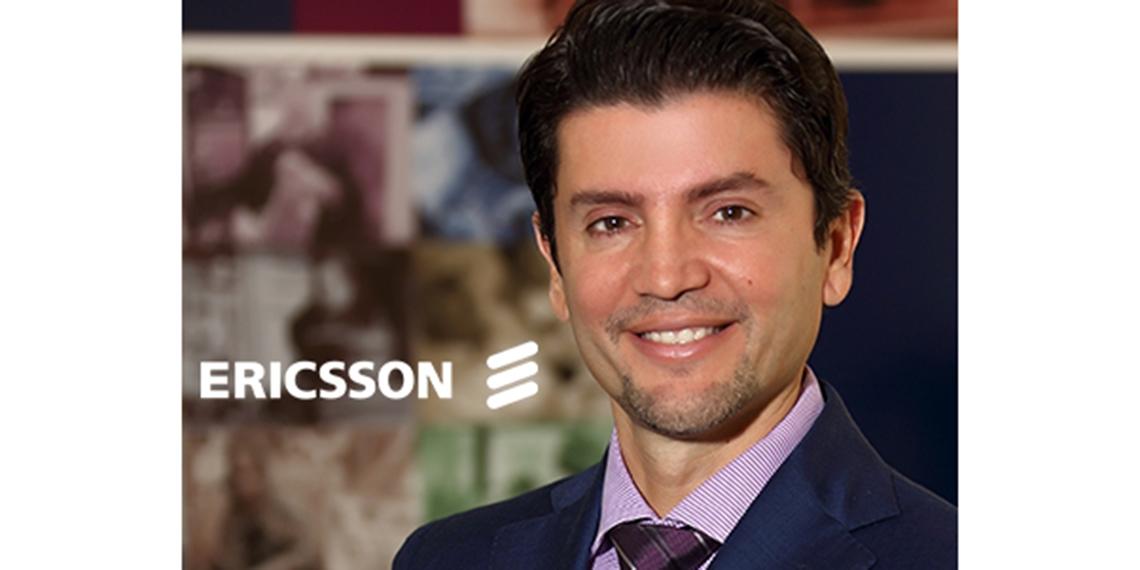When mobile technology was first introduced, it gave people the ability to communicate with each other - the beginning of mobility. Today, with the introduction of 4G networks, the conversation around mobility has veered from communication to connectivity - we are more connected than ever before. But what about the future? We are all talking about 5G, and its potential to drastically alter our lives in a multitude of ways. Fifth generation technologies go beyond connectivity, to enable us to connect and communicate with anything that can be connected. 5G will expand the boundaries of enablement and empowerment; it is the foundation for realizing the true potential of the Networked Society.
The technology will create an intelligent ecosystem that will empower interaction between humans and devices, as well as between the devices themselves. In turn, this will create a new level of equality, as users will all have access to the same technologies, and thus have empowerment at their fingertips. What I mean is that 5G will enable us to look beyond the realm of emotional connection, to experience. Today, for example, your mobile device gives you an insight into an emotional connection through communication and connectivity, tomorrow; however, we will be able to actually interact with our device to make an informed decision.
Like the transitions to 2G and 3G, the move to 5G will add a new element: the industrial internet. And like the transition to 4G, it will be much higher performance than the previous generation. But it will be much more than that. We'll see new as-a-service business models based on network slicing. Network slices in the context of 5G will be like virtual networks on-demand. 5G will enable more secure transactions and the energy efficiency to enable IoT devices with a battery life that is 10X longer than today. All this will create opportunities for new use cases that we haven't yet dreamed of, new markets, and radically new business models.
While these technologies will be available in the future, the transition continues to be an exciting one. We are currently living in a society undergoing a digital transformation across all segments and industries. This transformation is empowered by mobility and the rapid transformation of the mobile networks themselves. 5G is expected to manage 1,000 times more data volume, handle 10-100 times more devices, provide five times lower latency, and enable a ten-year battery life for certain devices on the network, compared to 4G today. This means it will be possible to download a full-length HD movie in seconds, to have an autonomous car apply its brakes in a couple of centimeters instead of a couple of meters, and to realize the promise of the IoT - with network capacity to handle thousands of devices and longer battery life to make maintenance of the devices more manageable.
Today, we are seeing the nascent stages of industry transformation with the potential for 5G adoption. Let's take the automotive industry as an example. Today, autonomous vehicle capabilities are coming to the forefront as companies not previously associated with cars, are already putting self-driving cars on the roads. This is just the beginning of future possibilities when it comes to transportation and 5G. Ericsson provides 5G use cases, which predict that in the future the focus will shift from individual in-vehicle communication to massive machine-type communication. The expectation is that sensors embedded in roads, railways and airfields will be able to communicate with each other and smart vehicles on the roads.
The technology will also reduce the existing geographical limitations that we are currently facing. Many companies are already in the process of developing use cases for remote surgeries, where 5G will enable doctors to perform lifesaving operations, regardless of their location in the world. Ericsson's 5G use cases demonstrate how 5G will benefit the healthcare profession by bridging the gap that exists between humans and IoT, with context awareness that 5G will offer being the main difference between it and M2M.
If configured appropriately, today's LTE networks can support some industry applications, but the needs of other, more demanding, use cases can only partly be met by existing communication solutions. 5G systems are expected to meet challenging requirements like low latency, high reliability, global coverage, and a high degree of deployment flexibility - the key drivers supporting innovative business models.
Behind the scenes, the entire industry is collaborating to bring about this much anticipated technology evolution and pre-standardization. Now we are looking to the development of the milestones that should follow, which include product roadmaps and the deployment of products. that is when the real race will start and it will be time to exceed expectations. For now, it is vital that the industry works together to garner a greater scope in the development phase of the technology, to build a powerful, cost effective network.










